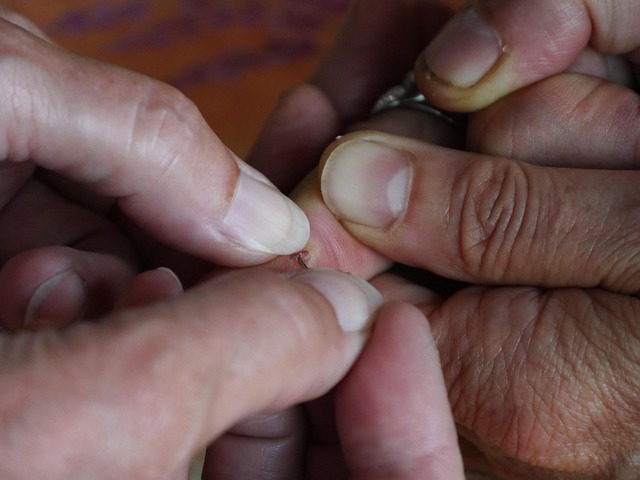
Chemical Compounds That Lighten Hair by Dispersing
Understanding Hair Lightening
Hair lightening is a common practice in the beauty industry, often sought for its ability to transform natural hair color. This transformation is primarily achieved through the use of specific chemical compounds that disperse, dissolve, and decolorize the natural pigments in hair. Understanding these compounds and their mechanisms can help individuals make informed choices about their hair care and styling options.
The Science Behind Hair Lightening
The primary chemical compounds used in hair lightening are known as bleaching agents. These agents work by penetrating the hair shaft and breaking down the melanin, the natural pigment responsible for hair color. The most common bleaching agent is hydrogen peroxide, which acts as an oxidizing agent. When applied to hair, it reacts with the melanin, effectively lifting the color and resulting in a lighter shade.
Types of Chemical Compounds
There are several types of chemical compounds used in hair lightening, each with its own unique properties:
- Hydrogen Peroxide: This is the most widely used bleaching agent. It can lighten hair by several shades, depending on the concentration used and the duration of application.
- Ammonia: Often used in conjunction with hydrogen peroxide, ammonia opens the hair cuticle, allowing the bleaching agent to penetrate more effectively. However, it can also cause damage if not used properly.
- Persulfates: These compounds, such as ammonium persulfate, are often found in powder lighteners. They enhance the lightening process and are particularly effective for achieving very light shades.
- Natural Lighteners: Some individuals prefer using natural alternatives, such as chamomile or lemon juice. While these options are less effective than chemical compounds, they can provide subtle lightening effects over time.
Application Techniques
Lightening hair involves various techniques, each designed to achieve different results. The most common methods include:
- Full Bleach: This technique involves applying bleach to all hair strands, resulting in a uniform lightening effect.
- Highlights: This method involves coloring selected strands of hair. It can be achieved by slicing or weaving out sections and applying lightener, often wrapped in foil or plastic to isolate the treated hair.
- Balayage: A more modern technique, balayage involves hand-painting the lightener onto the hair for a more natural, sun-kissed look.
Considerations for Hair Health
While lightening hair can produce stunning results, it is essential to consider the potential impact on hair health. The chemical processes involved can lead to dryness, brittleness, and damage if not managed properly. Here are some tips to maintain hair health during and after the lightening process:
- Consult a Professional: For significant changes, it is advisable to seek the expertise of a professional stylist who can assess hair type and condition.
- Use Quality Products: Invest in high-quality lighteners and aftercare products designed to nourish and protect bleached hair.
- Follow Up with Treatments: Regular deep conditioning treatments can help restore moisture and elasticity to lightened hair.
Conclusion
Chemical compounds that lighten hair by dispersing and decolorizing natural pigments are powerful tools in the beauty industry. Understanding these compounds, their application techniques, and their effects on hair health is crucial for anyone considering a change in hair color. With the right knowledge and care, achieving the desired look can be both safe and effective.

















 Académie Française
Académie Française 
 Health
Health  Fitness
Fitness  Lifestyle
Lifestyle  Tech
Tech  Travel
Travel  Food
Food  Education
Education  Parenting
Parenting  Career & Work
Career & Work  Hobbies
Hobbies  Wellness
Wellness  Beauty
Beauty  Cars
Cars  Art
Art  Science
Science  Culture
Culture  Books
Books  Music
Music  Movies
Movies  Gaming
Gaming  Sports
Sports  Nature
Nature  Home & Garden
Home & Garden  Business & Finance
Business & Finance  Relationships
Relationships  Pets
Pets  Shopping
Shopping  Mindset & Inspiration
Mindset & Inspiration  Environment
Environment  Gadgets
Gadgets  Politics
Politics 